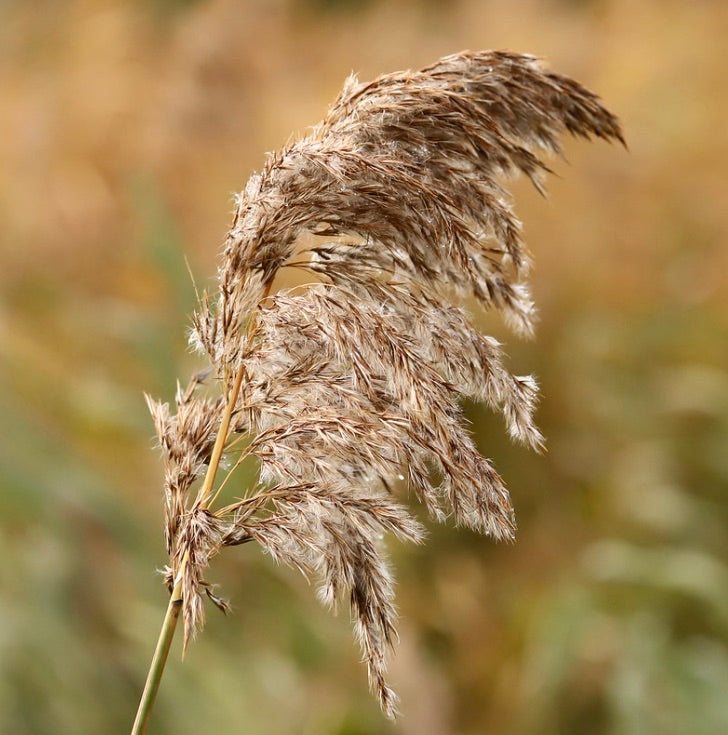- Catalogue Plants
Phragmites australis 15-30cm
Phragmites australis 15-30cm
Regular price
€9,90 EUR
Regular price
Sale price
€9,90 EUR
Unit price
per
Tax included.
Shipping calculated at checkout.
Couldn't load pickup availability
Plant Description
IMPORTANT: Please be aware that picture 1 show adult plant not for sale, the offer is for a plant in the dimension indicated in title description.
Botanical family: Poaceae
Botanical genus: Phragmites
Botanical species: Phragmites australis
SKU:BA-0983-S
Cultivation
Cultivation
Info and Disclaimers
Info and Disclaimers
Plant Height: 15-30cm
Plant Diameter:
Pot Size:
Grafted/Not Grafted:
Disclaimer: Be aware that most plants change across seasons. If present foliage, could have been fallen or change in its color.


